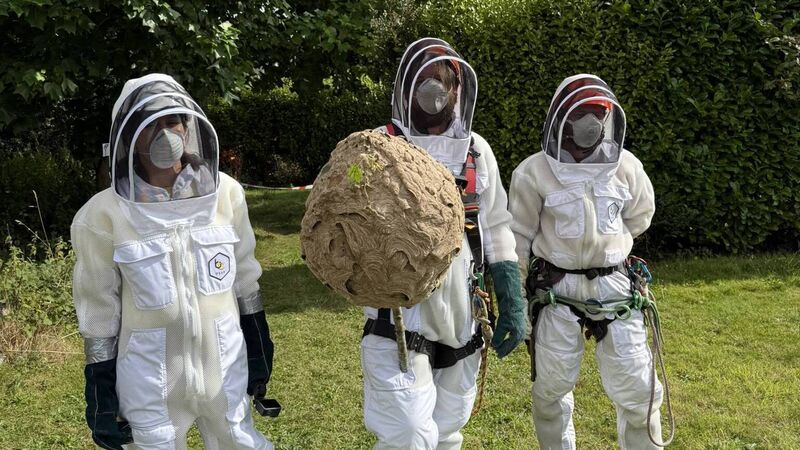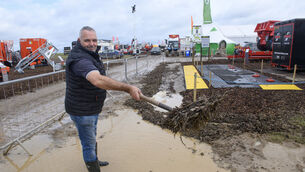Biodiversity experts plan for arrival of invasive species amid rise in temperatures

A National Parks and Wildlife Service team removes the first Asian hornet nest found in Ireland. Picture: NPWS
Mr Kelly expressed concern about the expanding range of tiger mosquitoes, specifically the Asian tiger mosquito (Aedes albopictus).
Mr Kelly said caulerpa taxiolia, a species of invasive green algae, is already prolific in the Mediterranean and if sea temperatures increase here, it “could take off in Irish waters, especially in bays”.
CLIMATE & SUSTAINABILITY HUB









